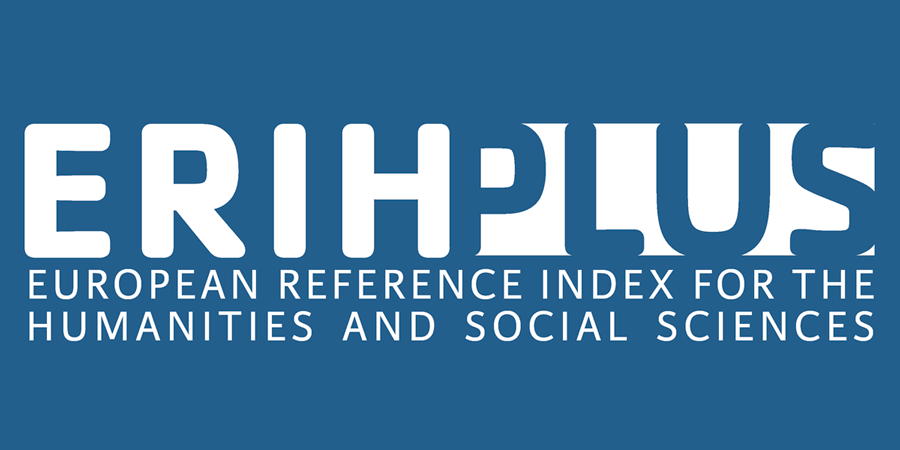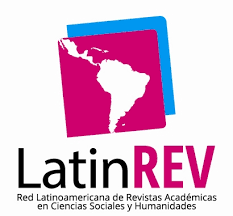Envíos
Lista de comprobación para la preparación de envíos
Todos los envíos deben cumplir los siguientes requisitos.
- Las contribuciones deben ser enviadas en formato Word (.doc o .docx) por correo electrónico a revistadederecho@ucsc.cl, o a través de la plataforma del sitio web
- Los trabajos deberán ser presentados en texto tamaño carta, con un margen de 3 cm para todas las páginas, interlineado sencillo, letra Times New Roman 12 para el cuerpo, y 10 para las notas. Las secciones deberán dividirse en numerales romanos, luego letras mayúsculas, seguidos de números arábigos. Las cursivas se usarán para las citas y palabras en idioma extranjero.
- El texto se adhiere a los requisitos estilísticos y bibliográficos resumidos en las Directrices del autor/a, que aparecen en Acerca de la revista.
- El manuscrito es original y los autores se comprometen a no enviarlo a otras publicaciones simultáneamente. Para ello se deberá adjuntar Carta de compromiso y el Formulario que certifica que el artículo es una obra original del autor.
Aviso de derechos de autor/a
a) Derechos transferidos. El contribuyente transfiere a la Revista de Derecho de la UCSC, los derechos patrimoniales de su manuscrito una vez admitida su publicación. En consecuencia, el autor autoriza a la Revista a publicar la obra, distribuirla, venderla, licenciarla y reproducirla en todo el mundo y todos los medios y formatos. La Revista queda facultada para publicar la obra por medios gráficos, magnéticos, electrónicos y por todos los otros medios conocidos o por conocerse, quedando a su decisión la modalidad de publicación que emplee. La autorización también contempla la facultad de la Revista para realizar trabajos derivados en general –tales como abreviaciones, resúmenes o traducciones para su publicación–, además de distribuirla tanto en Chile como en el extranjero.
b) Otros derechos transferidos. El contribuyente otorga, además, las siguientes atribuciones a la Revista de Derecho UCSC: i) Realizar cambios editoriales al manuscrito que sean necesarios para ajustarlo a las normas de publicación de la Revista, así como a los que establezcan las bases de datos bibliográficas y de indización en que la Universidad participa o participe en el futuro; ii) Crear o modificar resúmenes o extractos del manuscrito, el español u otros idiomas, y editarlos y publicarlos en la forma que se describe en el literal precedente; iii) Determinar el tipo de impresión, formato, clase de papel, encuadernación y demás características físicas del manuscrito, tanto en soportes físicos como electrónicos o digitales que existan en la actualidad o se desarrollen en el futuro; iv) Realizar actividades de promoción y publicidad del manuscrito; v) Utilizar el nombre del autor o autora con fines de promoción del manuscrito.
c) Derechos del autor. Sin perjuicio de lo indicado en la letra a), sobre los Derechos transferidos, el autor conserva los derechos morales sobre su obra. Como consecuencia de ello, tiene el derecho de ser identificado como autor o autora de la obra en todas y cada una de las publicaciones que de ella haga la Revista de Derecho de la Universidad Católica de la Santísima Concepción. El autor o autora tendrá derecho a un ejemplar de la revista y al número de separatas que determine la Dirección.
d) Aviso de Copyright. La Revista de Derecho de la Universidad Católica de la Santísima Concepción se distribuye bajo Creative Commons Attribution 4.0 International (CC BY 4.0). Los trabajos publicados en la Revista de Derecho de la Universidad Católica de la Santísima Concepción pueden ser compartidos, copiados y distribuidos en cualquier medio o formato. La Revista autoriza la adaptación, remezcla, transformación y creación de partes de la obra. Al aceptar esta licencia, los principios anteriores no pueden ser revocados. Se deben reconocer las autorías, se debe proporcionar un enlace a la licencia y se debe reconocer si se han realizado cambios. Puede hacerlo de cualquier manera razonable, pero no de una manera que sugiera que cuenta con el apoyo del licenciante o que recibirá una compensación por su uso. Los trabajos publicados en la Revista de Derecho de la Universidad Católica de la Santísima Concepción no pueden ser utilizados con fines comerciales. Quien se compromete a mantener el artículo en línea a perpetuidad.
Declaración de privacidad
Los nombres y direcciones de correo electrónico proporcionados a la Revista de Derecho de la Universidad Católica de la Santísima Concepción se utilizarán exclusivamente para los fines establecidos por la revista y no se compartirán con ninguna otra persona u organización ni se utilizarán para ningún otro fin.
De acuerdo con la Ley N° 21.096, de 16 de Junio de 2018 sobre Protección de Datos Personales, se informa a los propietarios de datos que al proporcionar o registrar voluntariamente su información en los canales habilitados por el sitio web, autorizan su inclusión en una base de datos bajo la responsabilidad de la Universidad Católica de la Santísima Concepción, Chile, la cual será tratada para los fines y objetivos de la organización.











